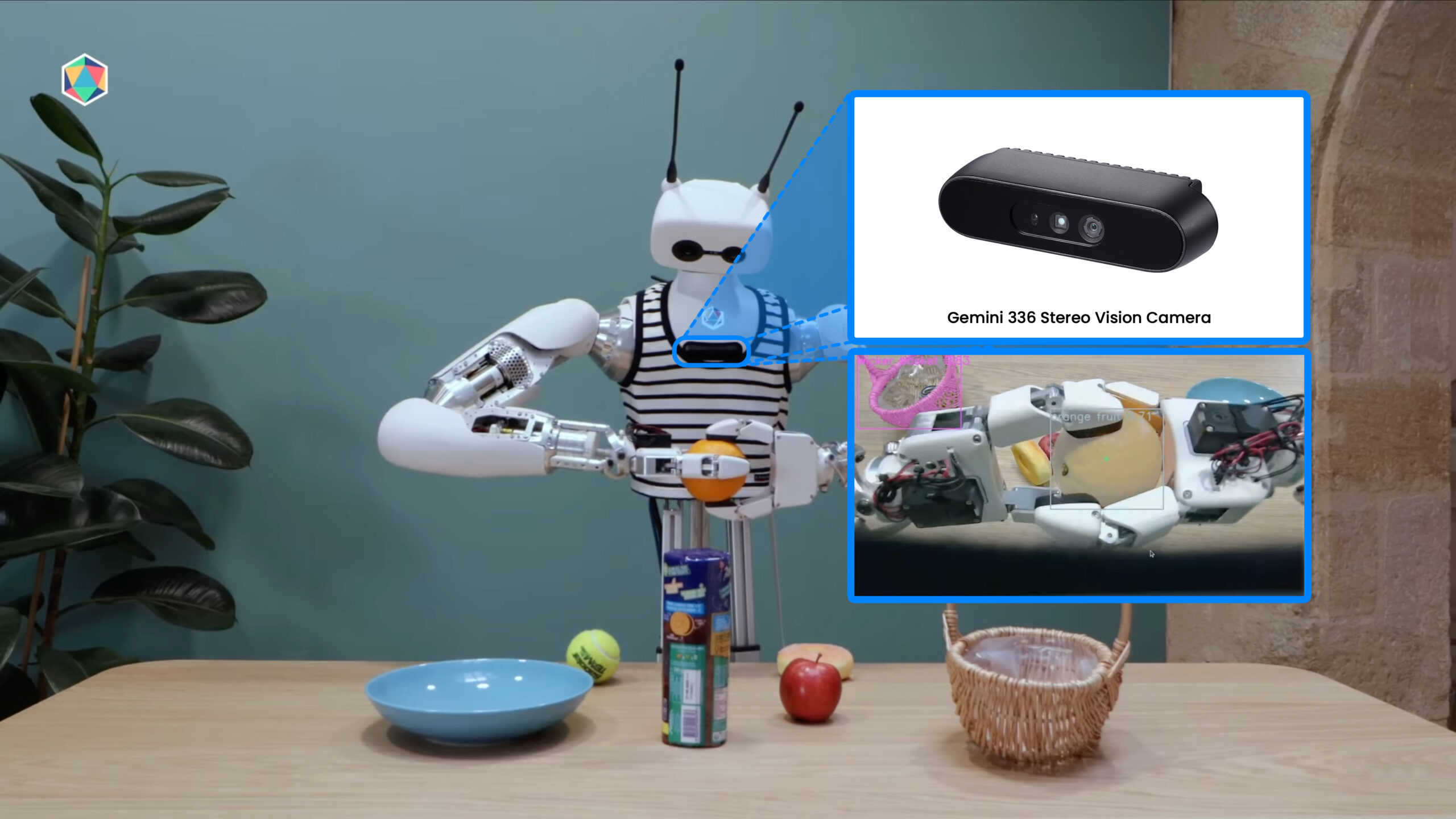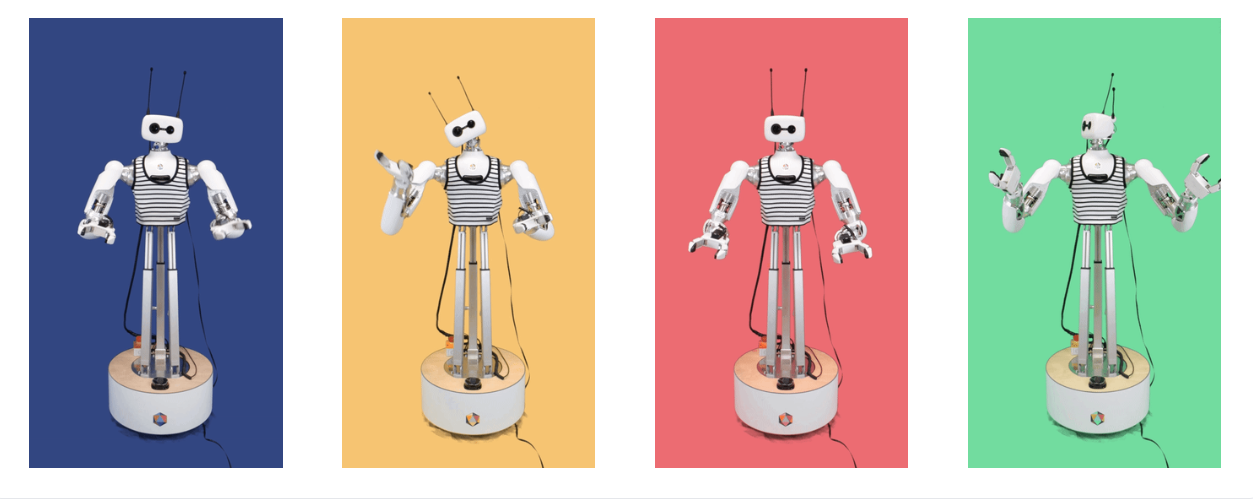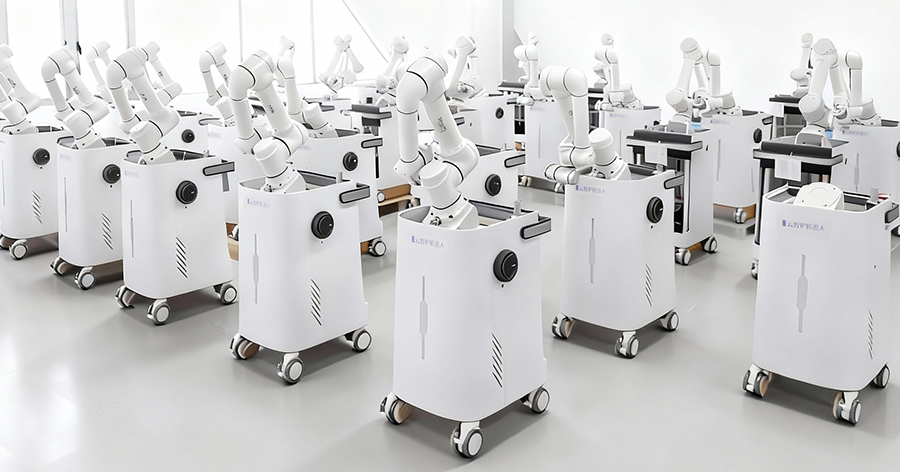Meet Reachy 2: Now Deployed in at Least Eight World-Leading Research Labs
Reachy 2 is an open-source playground built specifically for AI researchers who want to push boundaries. At roughly $70,000, this isn’t your average garage project. Top research institutes like Cornell, Carnegie Mellon and French National Centre for Scientific Research (CNRS) have already welcomed these robots into their most cutting-edge labs.
What makes Reachy 2 special? It’s built like modular pieces that researchers can mix, match, and rebuild. Those dual seven-degree-of-freedom arms aren’t just for show; each one can hoist 3 kilograms while maintaining the finesse to handle delicate objects. With over 12,000 stars on GitHub, the Reachy 2 project has gained global traction, becoming a go-to platform for developers and research institutions exploring embodied AI.
But here’s where it gets really cool: Reachy 2 comes loaded with stereo vision, microphones, speakers, and LiDAR sensors. The VR remote control feature lets you literally step into the robot’s shoes—see through its eyes, move its arms, experience the world from its perspective. Suddenly, programming complex behaviors doesn’t feel like rocket science anymore.
Gemini 336: Enabling Real-Time Spatial Intelligence
Nestled in Reachy 2’s chest sits something that looks deceptively simple: Orbbec’s Gemini 336 stereo vision camera. Think of it as the robot’s window to the world—compact, precise, and engineered for consistency.
The Gemini 336 belongs to Orbbec’s Gemini 330 family, a collection of all-scenario stereo 3D cameras that pack some serious punch. Under the hood, Orbbec’s custom-built MX6800 depth engine chip works its magic, blending active and passive imaging tricks to deliver rock-solid 3D data whether the robot is stumbling around in pitch darkness or squinting under blazing sunlight.

With Gemini 336 as its eyes, Reachy 2 doesn’t just see its surroundings—it gets them. It reads the room, adapts on the fly, and makes smart decisions in real-time. Combine this visual intelligence with Reachy 2’s open-source DNA and Orbbec’s comprehensive toolkit, and you’ve got a developer’s dream: a platform that turns wild ideas into working prototypes faster than ever before.
“The versatility of Orbbec’s vision technology has enabled us to build a humanoid that can truly perceive and respond to its surroundings,” said Santiago Pavon, Business Development & Growth Lead from Pollen Robotics. “Gemini 336 provides the spatial intelligence Reachy 2 needs to go from lab prototype to real-world-ready platform.”
Market Impact and Industry Transformation
As humanoid robots inch closer to becoming our everyday companions, robot vision is emerging as the make-or-break technology. The numbers tell a compelling story: by 2050, Morgan Stanley Research predicts the humanoid robot market could balloon to a staggering $5 trillion—putting it toe-to-toe with today’s entire automotive industry.

Hugging Face isn’t mincing words about their ambitions. After scooping up Pollen Robotics, they’re positioning Reachy 2 as the opening act in their quest to make robots “open, affordable, and customizable.” It’s a bold vision that could democratize robotics—imagine researchers, educators, and even hobbyists getting their hands on sophisticated robot platforms without breaking the bank.
This shift is already creating ripples across the industry. Orbbec has become the go-to vision partner for hundreds of robotics companies worldwide, steadily beacoming a leading provider of robotics and AI vision. But Orbbec is not stopping at eyes—its’s weaving together “hand-eye-brain” systems and multi-sensor fusion technologies, working alongside partners to fast-track the evolution of truly intelligent, embodied AI.
–
About Pollen Robotics
Founded in 2016, Pollen Robotics is a French company specializing in open-source humanoid robotics. The company develops programmable, modular robot platforms for research institutions and developers. Following the launch of its first-generation Reachy robot at CES 2020, Pollen Robotics has deployed systems across top research institutions in approximately 20 countries.
About Hugging Face
Hugging Face is the leading open-source machine learning platform, serving over 5 million users and hosting more than 1.5 million AI models. Often called “the GitHub of machine learning,” the platform enables global collaboration in natural language processing, computer vision, and AI research through its comprehensive ecosystem of tools and pre-trained models.



